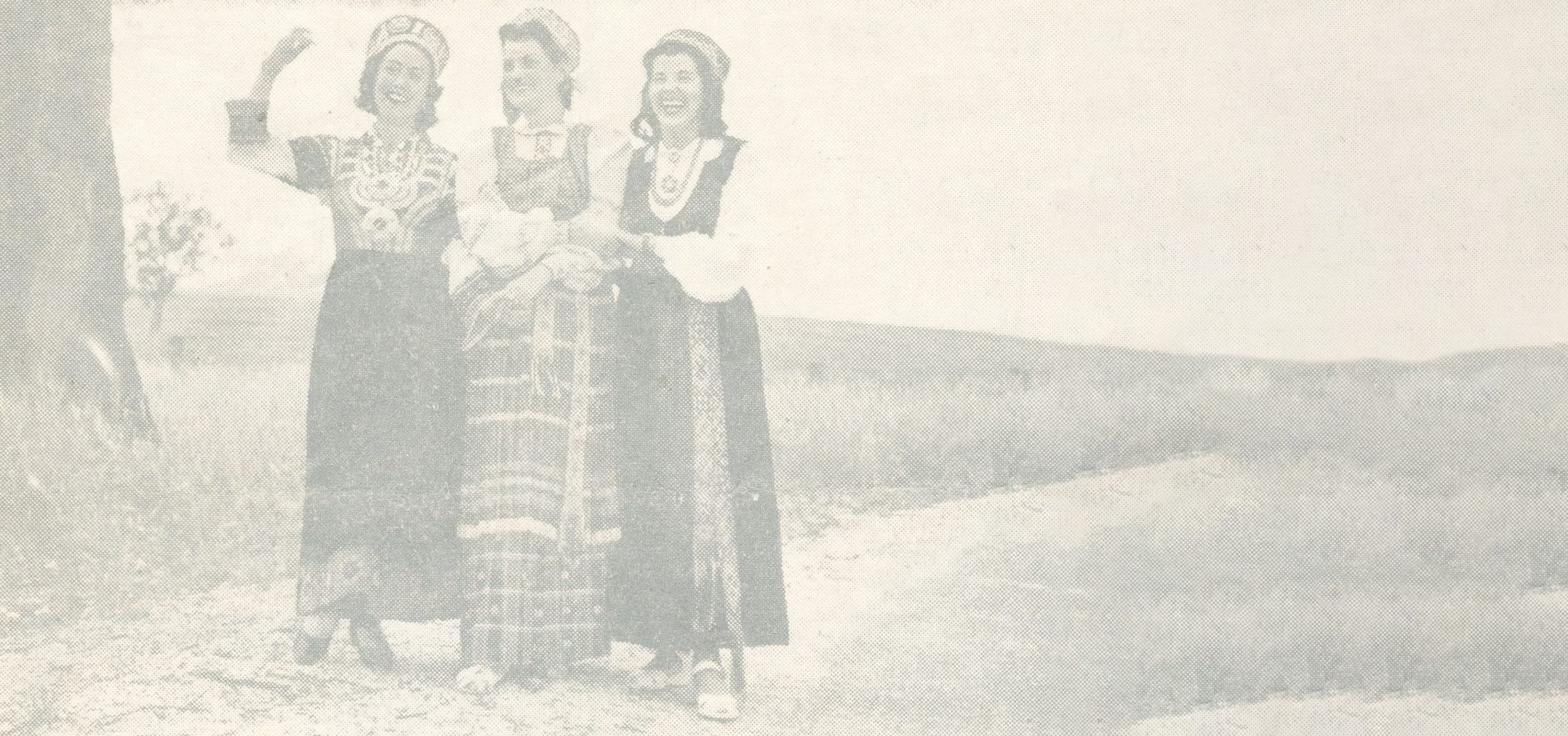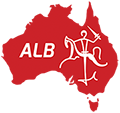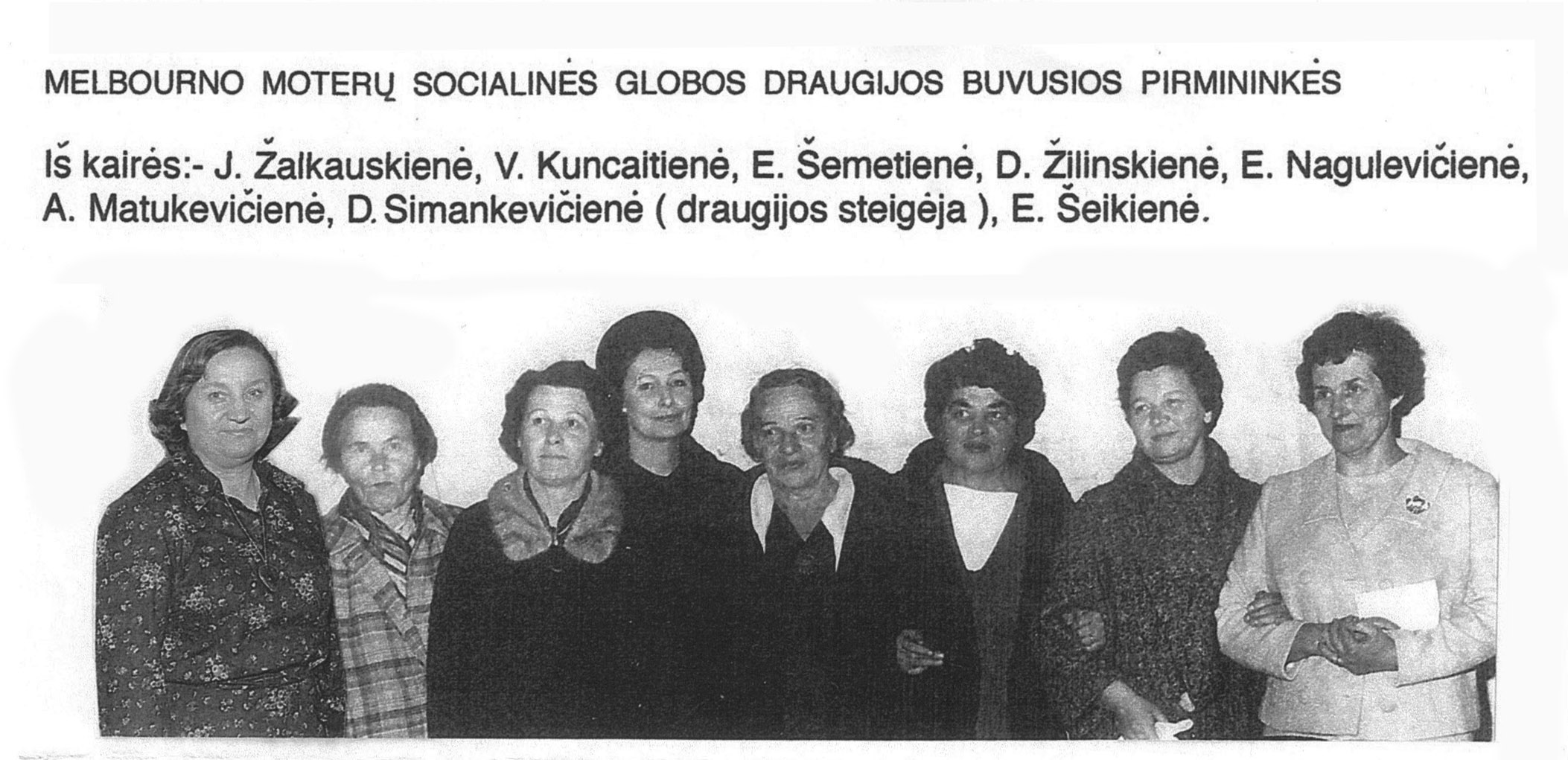MELBOURNE WOMEN’S SOCIAL WELFARE SOCIETY
Beginnings
The largest group of Lithuanian immigrants to arrive in Australia was after the II World War in the period 1947-1952. It wasn’t easy for them, arriving in a foreign country and an unfamiliar environment. It was vital for people to feel the connection with their homeland, compassion and support from their compatriots.









